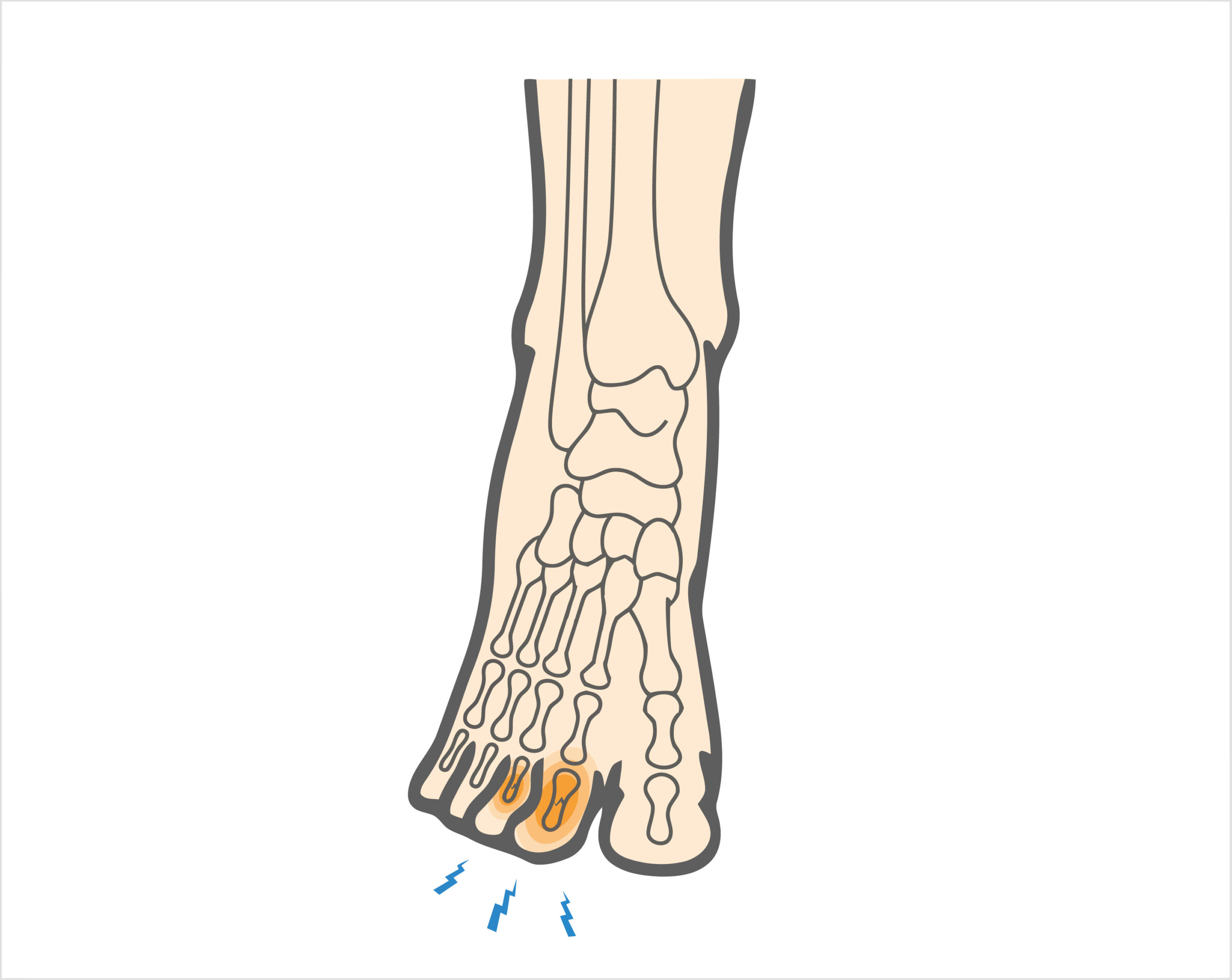The information on this page refers to all toes except for the great toe.
Toes are made up of three bones, called phalanges, with the exception of the great toe, which has only two. Because our toes are typically very active throughout our lives in walking, jumping, stretching, and all kinds of movement, it is very common to break one.
One or more of the three phalanges in the toe can fracture, resulting in an injury that is painful but does not usually require surgical intervention in order to heal properly. Nonetheless, some more cases, especially if they involve multiple toes, should be treated with an operation, as they can cause long-term complications that impact quality of life and athletic performance if left unchecked.


